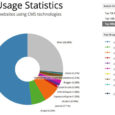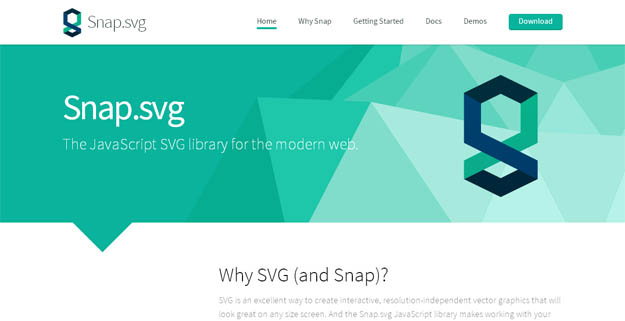When we talk about creating a website, there is some process which we have to follow, mainly when you are a beginner to website designing. Following the ethical guidelines can enable you to work better by keeping carelessness to a base.
Each designer or organization will create unique segments to their web design process over time, yet the fundamentals continue as before: learn, plan, design, code, live and maintain.
In this article, I will share my process for designing a website.
Before we get into it, let me first offer two parallel processes that carry on through all your design process.
The main thing you ought to do persistently is seeking feedback. You’ll spare yourself a great deal of sat around idly and exertion by getting feedback at consistent interims.
The second thing you ought to do continually is testing. Test the hell out of everything as you go to keep away from mega-headaches not far off.
Considering all the things let’s start the process.
1. Learn

What do you believe is the most vital advance of the website composition process? Planning? Designing? Coding?
Think once more.
It shouldn’t astonish you that learning — discovering and understanding what you have to work in any case — is the most critical piece of the whole website design process.
2. Plan
Once you’ve realised what you have to construct, it’s an ideal opportunity to start planning how you will get it going. Before you can begin designing a website, you have to know precisely what, and how, to design it in any case — and everything starts with creating a design strategy.
Your design strategy for every website you make ought to be handcrafted to fit the client’s vision (on the off chance that you are designing a webpage for yourself, at that point you would think like the client).
So what variables will shape your design strategy? The creative brief will go about as the establishment of your arrangement by furnishing you with some essential data, for example, what your timeframes are and who the intended interest group of the website is.
It’s mainly vital to know your audience since it will influence where and how the site gets saw.
3. Design

Presently I know there are numerous website specialists out there who jump at the chance to skip specifically to the design organise without even batting an eye to learning or planning. However, the design is something other than the demonstration of creating. You need to make something great and helpful, and you can’t do that without first doing some preparatory work before starting to design.
On the off chance that you’ve officially done the legwork of learning and planning, it makes the real designing substantially less demanding. When you don’t need to stress over the little points of interest, it opens up an unheard of level of adequacy and profitability since you can centre around more essential things.
When you are prepared to start designing, remember that you have to design something other than a home page. You’ll require a design for the sub-pages of your site also. It is easy to design a homepage idea, cut it up and start coding just to get the for sub-pages. And always keep in mind while designing pages of your website, it must be responsive.
4. Code

When you have a killer design, you’ll have to transform it into a real, live website. A comfortable bet, no matter which content management system you are working with, is to start with a generic HTML and CSS template.
Start with a Base Template
If you are like me, you’ve just got an arrangement of starter HTML and CSS files prepared to go that are now connected to each other and as of now contain some essential starter code, (for example, a CSS reset).
If you are not like me and don’t have these generic files good to go, just ahead and make some that you can reuse at this phase later on.
Before you go any further, it’s a smart thought to simply ahead and include your title, descriptions and meta tags, or if nothing else make a note of what they ought to be on the off chance that you will be utilizing a content management system later on.
Lay Out the Main Sections and Content
Start cutting up your HTML/CSS by embeddings the real segments (your fundamental divs) for your header, footer and content zone.
Next, start including your content and picture content. The objective is to keep your markup as semantic as conceivable with the goal that every component is significant.
Stay away from divitis — the demonstration of using an excessive number of divs. For instance, you needn’t bother with a div just to contain the logo. Have a go at utilising an h1 or a p rather — it can be styled the very same way (e.g. making them into piece components utilising the show CSS property).
Approve and Test
Keep in mind to ensure your code approves by utilising the approval device gave by the W3C (yet additionally comprehend that approval devices have inadequacies).
You’ll additionally need to do some program testing to ensure the site looks and goes about as expected and gives a uniform brand encounter regardless of how a client gets to it. You can utilise a device like Browsershots if you have restricted access to various kinds of PCs.
Utilize Firebug and YSlow to troubleshoot your site and ensure your work is running at an ideal speed.
One final thing: keep in mind to execute Google Analytics or your most loved examination elective so you won’t pass up an excellent opportunity for following the details amid the huge launch.
5. Launch
When you’ve at long last consummated the site, it’s an excellent opportunity to discharge it to general society. Launching can mean distinctive things to various people, generally because there are different content management systems and advancement conditions out there.
For example, on the off chance that you are redesigning a site that uses a content management system or distributing platform, your launch might be as basic as applying another theme.
On the off chance that you are designing a fresh out of the box new site in a sandbox or local condition, at that point “going live” means FTP’ing your files to the creation server.
6. Maintain
In your planning stage, you have to figure out who will be responsible for site maintenance. If a client can’t keep up the site, you might need to recommend that they contact you on a general or as-required premise to oversee and perform support assignments.
Amid the hand-off/closeout of the project, it may likewise give a few rules and fundamental preparing to your client to ensure they see how to appropriately keep up the site.





